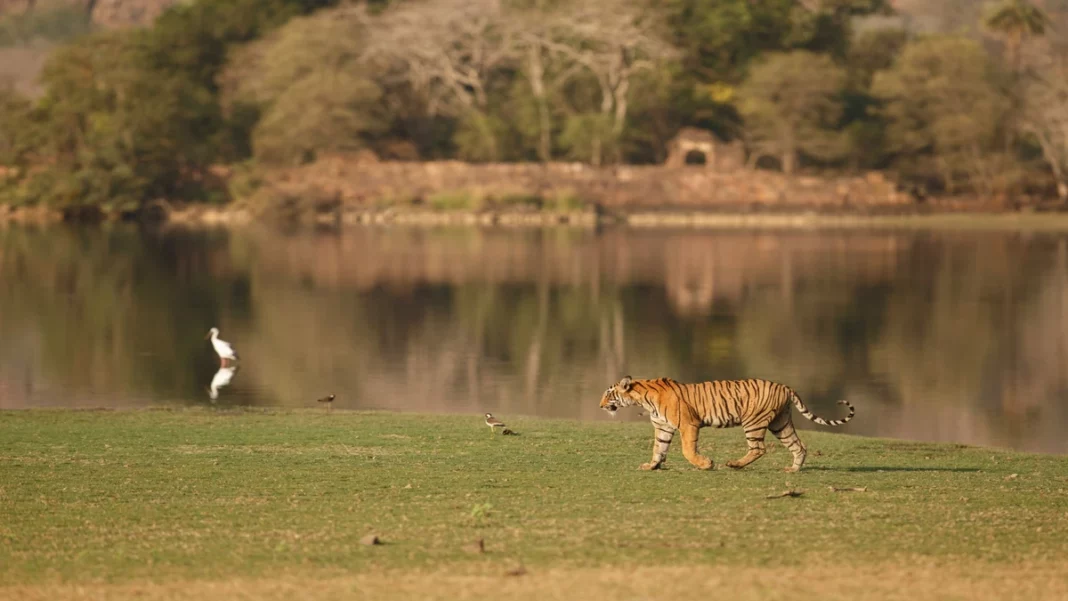India, with its diverse landscapes and climates, is home to some of the world’s most unique and varied wildlife. Wildlife sanctuaries are crucial among the many ways to explore and conserve this natural heritage. A wildlife sanctuary in India is a haven for animals and a paradise for nature lovers and wildlife enthusiasts.
The Role of Wildlife Sanctuaries
Wildlife sanctuaries are protected areas established to conserve animals and their habitats. They are crucial in preserving biodiversity, protecting endangered species, and maintaining ecological balance. These sanctuaries offer a haven for wildlife, away from the threats of poaching, habitat destruction, and human interference.
Diversity of Wildlife Sanctuary in India
India boasts a vast network of over 500 wildlife sanctuaries, each with unique flora and fauna. From the snow-capped mountains of the Himalayas to the lush green forests of the Western Ghats and the arid landscapes of the Thar Desert, these sanctuaries cover every conceivable terrain and climate, offering a glimpse into the country’s rich biodiversity.
- Jim Corbett National Park, Uttarakhand: One of the oldest and most renowned sanctuaries, it’s famous for its Bengal tigers and diverse wildlife. It is the largest wildlife sanctuary in India.
- Ranthambore National Park, Rajasthan: Known for its tiger population, this sanctuary offers excellent opportunities for wildlife photography and safaris.
- Kaziranga National Park, Assam: A UNESCO World Heritage Site, home to the world’s largest population of one-horned rhinoceroses.
- Periyar Wildlife Sanctuary, Kerala: Set in the Western Ghats, it’s known for its elephant herds and scenic beauty.
- Sunderbans Wildlife Sanctuary, West Bengal: A UNESCO World Heritage Site, this sanctuary is famous for its mangrove forests and Royal Bengal Tigers.
The Largest Wildlife Sanctuary in India
Regarding size, the largest wildlife sanctuary in India is the Rann of Kutch Wildlife Sanctuary in Gujarat. Spread over an area of 7,505 square kilometers, it’s known for its unique desert landscape, rich biodiversity, and the endangered Indian Wild Ass. The sanctuary is also a paradise for bird watchers, especially during winter, when it becomes a breeding ground for flamingos and other migratory birds.
Conservation Efforts in Wildlife Sanctuaries
Conservation is at the heart of every wildlife sanctuary in India. Various measures are undertaken to protect and preserve wildlife, including anti-poaching patrols, habitat restoration, and breeding programs for endangered species. Additionally, many sanctuaries are involved in research and education initiatives to raise awareness about wildlife conservation.
Responsible Tourism in Wildlife Sanctuaries
If done responsibly, tourism can significantly contribute to wildlife sanctuaries’ conservation efforts. Visitors are encouraged to follow guidelines and respect the natural habitat while enjoying safaris, bird watching, and nature walks. Responsible tourism helps generate funds for conservation and spread awareness about the importance of protecting our natural heritage.
Conclusion
Exploring a wildlife sanctuary in India is a journey into the heart of nature, offering a glimpse into the country’s rich biodiversity and the efforts to conserve it. Whether it’s the thrill of spotting a tiger in its natural habitat or the tranquility of watching a sunset over a wetland, these sanctuaries offer experiences that are both exhilarating and enlightening. As we continue to marvel at the wonders of India’s wildlife, we must remember our role in preserving these natural treasures for future generations.
In conclusion, wildlife sanctuary in India are not just about protecting animals but about preserving the essence of nature and life on Earth. Whether it’s the largest wildlife sanctuary in India or the smallest, each plays a vital role in maintaining the ecological balance and offering a sanctuary for the soul amidst the wilderness.
Also Read: 5 Hill Stations Near Delhi That You Can’t Afford to Miss


